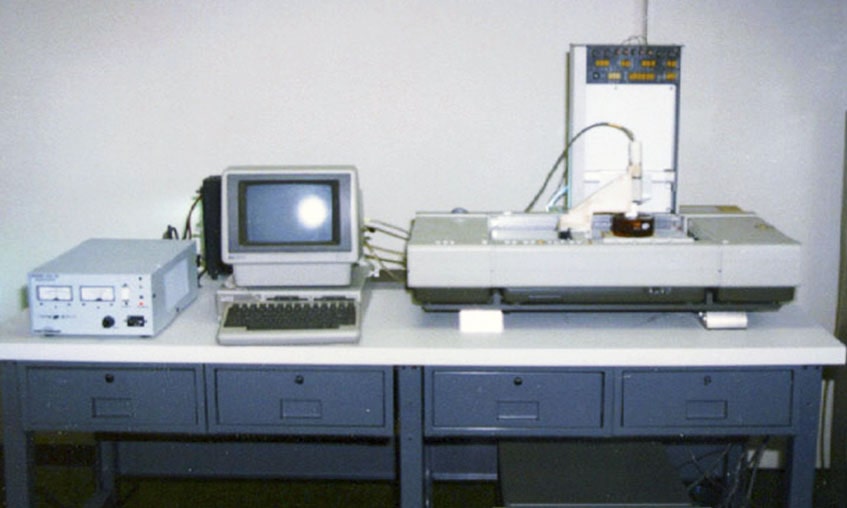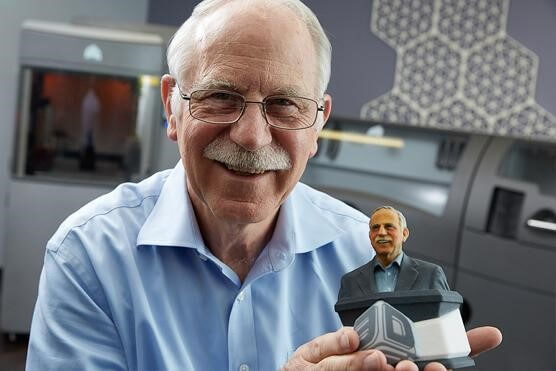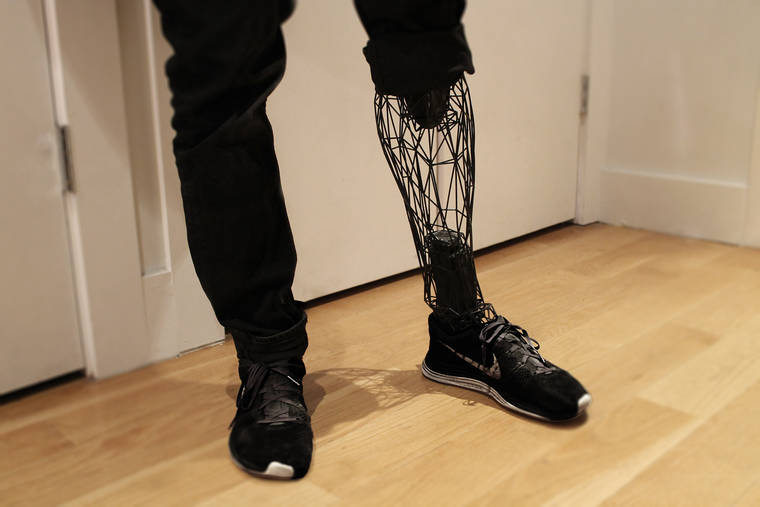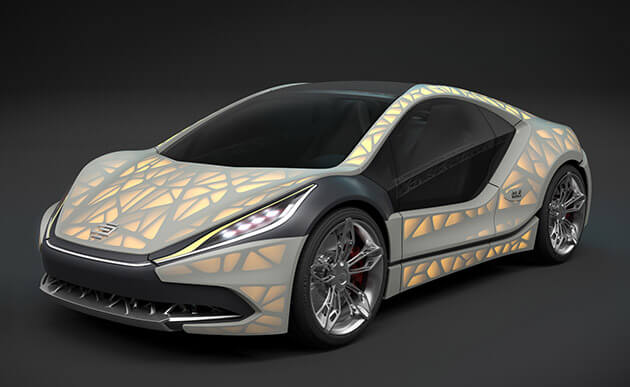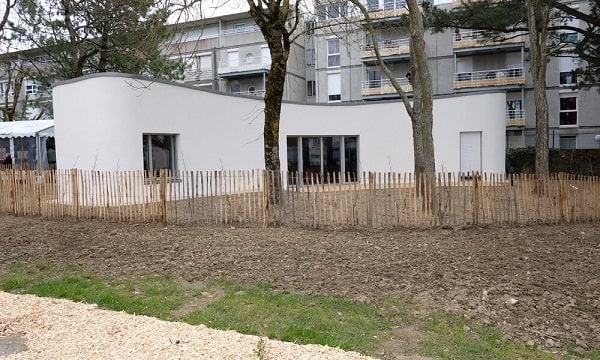Now that the basics were established, the evolution of additive manufacturing is pretty fast. The main 3D printers manufacturers are emerging, new technologies are perfected, and 3D modeling tools start to be developed as well, bringing additive manufacturing to the next level.
In Europe, EOS GmbH was founded and created the first EOS “Stereos” system for industrial prototyping and production applications of 3D printing. Its industrial quality is today recognized worldwide in SLS technology (Selective Laser Sintering technology) for plastics and metals.
In 1992, the Fused Deposition Modeling patent was issued to Stratasys, which developed many 3D printers for both professionals and individuals. From 1993 to 1999, the main actors of the 3D printing sector emerged with various techniques:
ZCorp and binder jetting: Based on MIT’s inkjet printing technology, they created the Z402, which produced models using starch- and plaster‐based powder materials and a water‐based liquid binder
Arcam MCP technology and Selective Laser Melting.
At the same time, we can see that more and more new CAD tools, allowing to create 3D models, are becoming available and developed, with, for example, the creation of Sanders Prototype (now known as Solidscape), one of the first actors to develop specific tools for additive manufacturing.
Charles Hull was awarded the European Inventor Award in the Non-European countries category, by the European Patent Office Price in 2014.
To resume:
1990: First EOS Stereos system
1992: FDM patent to Stratasys
1993: Solidscape was founded
1995: Z Corporation obtained an exclusive license from the MIT
1999: Engineered organs bring new advances to medicine


 Connect with Google
Connect with Google Connect with Facebook
Connect with Facebook